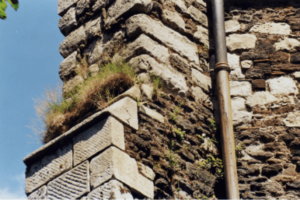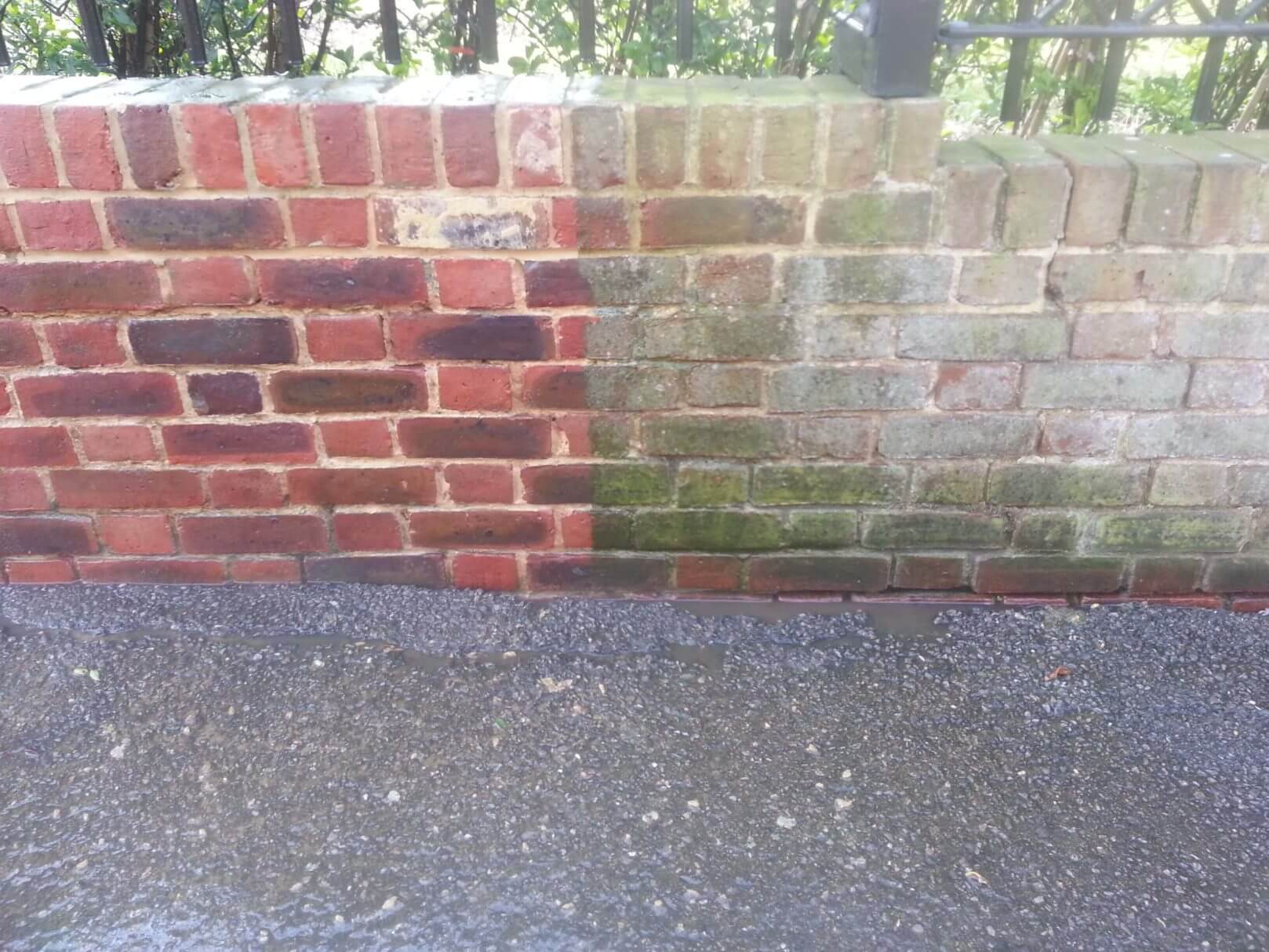We all wish to see our heritage looking beautiful; careful cleaning will help to preserve it for future generations as well as reducing unnecessary future costs. As far as listed buildings are concerned, beauty really is more than skin deep. Whilst stonework may appear clean and undamaged, what is going on beneath the surface can tell a very different story. As members of The Society for the Protection of Ancient Buildings, Ideal Response are keen to promote the highest standards in the cleaning and restoration of listed buildings.
“A high proportion of the world’s cultural heritage is built of stone, and it is slowly but inexorably disappearing.”
-William Ginell, Emeritus Head, Architecture and monuments, The Getty institute

According to The Historic England report Climate Change and the Historic Environment, “…Many more historic assets are potentially at risk from the direct impacts of future climate change … it is likely that these will be irreparably damaged and the cultural, social and economic benefits they provide will also be lost.” The report highlights, “…Increased extremes of wetting and drying that heighten the risk of ground subsidence and accelerated decay of stonework and thus pose a threat to many historic buildings.” The value of our listed buildings to society is great, they deserve care and understanding.
Types of Damage

A good maintenance and cleaning programme will help to stop dirt accumulating but unfortunately, it cannot prevent the ongoing effects of weathering on the fabric of the building. Damage to listed buildings can occur internally from within the stone or externally, the main causes are:
Air pollution – Probably the main cause of damage, this includes acid rain and soiling from air-borne particulates such as nitrogen oxides and sulfur dioxides from vehicular emissions.
Salts – Another key contributor to the decay. Salts from sulfates and nitrates in the air or salts carried up from the soil can contaminate stonework where they crystallise within the stone.
Biological – Less deleterious than air pollution or salt damage: algae, lichen, bacteria, fungi etc. all have a detrimental effect on stonework. Plants e.g. ivy have a harmful and invasive impact but arguably, can have a positive impact on a buildings appearance.
Water – Damp/rot from the environment surrounding the stone will have a long term impact.
For heritage/listed properties, it isn’t the case that all damaged stonework should be cleaned. It might be that after careful consideration, it is decided a building may not benefit from cleaning. A reputable and experienced stone cleaning company will undertake sympathetic restoration only after a thorough analysis of the site. The history of the building should be uppermost among the many considerations.
Types of Cleaning
Apart from the aesthetic improvement, cleaning of stone will often be indicated in order to preserve the building. A building’s health is not only established by its exterior appearance, analysis needs to include what is happening within the stones as well. It is essential to keep abreast of the ongoing research and findings to ensure any listed building is cleaned in a way that achieves the optimal outcome for its conservation.
Every material within the building will have its own characteristics, each needs to be treated precisely and with an understanding of the substances to be treated as well as the history of the building itself. Any programme of stone cleaning must account for the different types of stone involved, the types of damage faced and the desired outcome by all concerned. A professional company will always choose the least aggressive techniques possible.
Physical methods – Removing harmful acidic dirt prevents the reaction with carbonate particles within the stone. Used with great care and only with knowledge and experience, techniques will vary according to the surface being cleaned, the stone and the extent of the damage. Methods include: brushing, rubbing, washing, steaming, use of wet and dry abrasives and surface redressing.
Chemical methods – These techniques involve applying chemicals as liquids or poultices. Depending on the stone being cleaned, this could involve the use of alkaline or acidic solutions and/or organic solvents.
Other specialist techniques include: impregnated sponges, ultrasonic, heat lances, gypsum inversion, surfactants, bacteria, gels and poultices including the latex poultice mould. Each method has particular applications and is only suitable in specific circumstances.
It is vital that the expected and desired outcomes are clarified before work commences, a pristine finish is unrealistic and often inappropriate. Ultimately, the goal must be to benefit the building in both the short and long term.
A reputable, specialist stone cleaning company will:
✓ Carry out a thorough assessment of the task.
✓ Discuss the project with the owner of the property and all parties involved.
✓ Thoroughly document the entire process for your records
A good programme of maintenance and prevention will have a significant impact on the rate of deterioration. Apart from preserving the building it will ultimately reduce costs.



